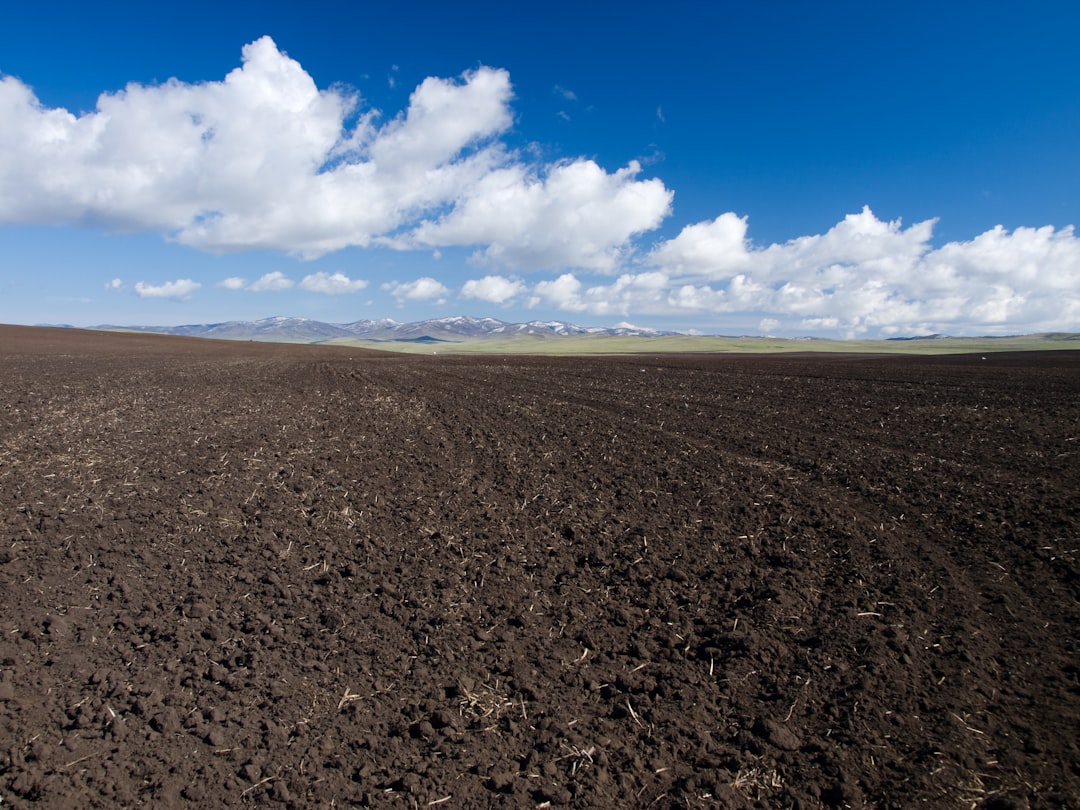What is it about?
Based on CA analysis of pollen data, this research first 1) presents both isotherm and isohyetmaps over China for different Eocene time slices thus allowing for tracing changing spatial patterns. 2) detects the signals of the Eocene Asian monsoon, and 3) deduces the early uplift of the Tibetan Plateau. According to our CA analysis of pollen data the northwest of China appears to be the driest during the Eocene; a pattern that is not demonstrated by lithological data. However our rainfall distribution is similar to that based on Miocene sedimentary data and paleobotanical records and this pattern has been interpreted as the onset of the modern Asian monsoon. It is likely that pollen data may be detecting a more subtle climatic signal than is possible from lithological changes, which take a long time to develop. If this is so then we might hypothesize that the East Asian monsoon, or at least prototype East Asian monsoon, arose in middle Eocene times. Many numerical experiments have underlined the impact of the Tibetan Plateau uplift on the intensification of the Asian monsoon system. The formation of the monsoon climate in the northern China appears to be strongly influenced by the Plateau when its height reaches approximately 50% of its current average elevation of around 5 km, but in the southern part of East Asia this may occur much earlier (Liu & Yin, 2002). If this hypothesis true, our finds seems to suggest that the uplift of parts of the Tibetan Plateau appear to have taken place by the middle to late Eocene.
Featured Image
Why is it important?
It is well known that the uplift of Tibet Plateau has significant implications for global climate and environmental changes since the early Cenozoic Era. Its impact on the formation and evolution of the Asian monsoon is now widely recognized, albeit poorly understood, but without a quantified altitude history the development of the monsoon, and therefore the Asian climate and biota, remains unclear (Spicer et al., 2003; Harris, 2006; Molnar et al., 2010). The original paper aims to probe when modern Asia Monsoon appear and Tibet Plateau uplift by reconstructing the isogram maps of Eocene in China, which reflected the Eocene climatic changes in China, based on CA analysis of pollen data.
Perspectives
The Asian monsoon delivers water to half the world's population yet its origin and driving mechanisms are poorly understood. If the timing of the onset of the monsoon can be related to the uplift Tibet the robustness of the monsoon in the face of global climate change can be assessed.
Professor Yu-Fei Wang
Instititu of Botany, Chinese Academy of Sciences
Read the Original
This page is a summary of: The Eocene climate of China, the early elevation of the Tibetan Plateau and the onset of the Asian Monsoon, Global Change Biology, September 2013, Wiley,
DOI: 10.1111/gcb.12336.
You can read the full text:
Contributors
The following have contributed to this page










